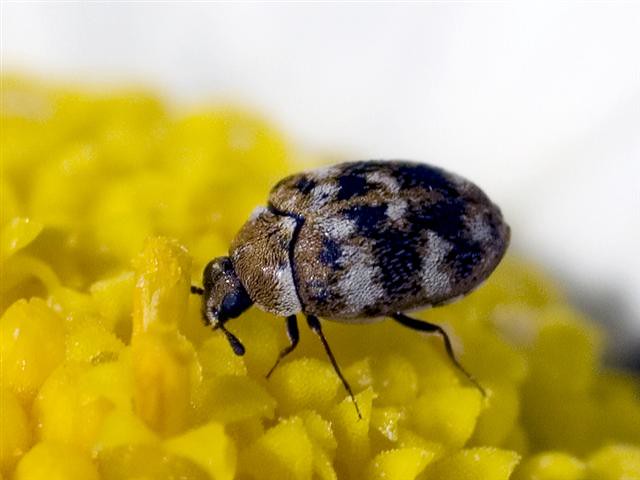The world beneath our feet and around our homes is crawling with creatures so small they could comfortably live inside a thimble, yet their appetites rival those of much larger animals. These microscopic marvels prove that size doesn’t determine hunger, and what they lack in stature, they make up for in sheer determination and feeding efficiency. From the tiniest beetles that can strip a library bare to mites that turn your mattress into their personal buffet, these diminutive destroyers are reshaping our understanding of what it means to be truly ravenous.
The Drugstore Beetle: A Literary Nightmare

At just 2-3 millimeters long, the drugstore beetle could easily hide behind a pencil eraser, yet this tiny terror has earned its reputation as one of nature’s most indiscriminate eaters. These brown, oval-shaped insects will consume everything from dried flowers and spices to book bindings and prescription medications, literally living up to their pharmacy-inspired name.
What makes drugstore beetles particularly fascinating is their ability to digest cellulose, the same tough material that makes up plant cell walls. This superpower allows them to munch through paper, cardboard, and even some fabrics with ease. A single female can lay up to 75 eggs in her lifetime, ensuring that infestations can explode from a few individuals to thousands in just a few months.
Museums and libraries consider these beetles their worst nightmare because they can destroy priceless manuscripts and artifacts. The larvae are especially destructive, boring tiny holes through books, documents, and artwork as they feed and grow. Despite their size, they’ve been responsible for millions of dollars in damage to historical collections worldwide.
Flour Mites: The Invisible Kitchen Invaders

Measuring barely 0.5 millimeters in length, flour mites are so small they’re often mistaken for dust particles until you notice the dust is moving. These microscopic arachnids have an insatiable appetite for anything containing protein or starch, making your pantry their personal paradise.
These tiny creatures can multiply at an alarming rate, with females laying dozens of eggs that hatch within days under the right conditions. What’s particularly unsettling is that flour mites can survive in environments with very low moisture content, meaning even well-sealed containers aren’t always safe from their invasion.
The mites secrete enzymes that break down their food sources, often leaving behind a sweet, musty smell that many people associate with old flour or grain. Some individuals are allergic to these mites, experiencing respiratory issues or skin irritation when exposed to infested products. Their ability to contaminate food supplies has made them a significant concern for food manufacturers and home cooks alike.
Cheese Mites: The Gourmet Micro-Gourmands

Cheese mites, scientifically known as Tyrolichus casei, are incredibly tiny at just 0.35 millimeters long, yet they play a surprisingly important role in the culinary world. These microscopic creatures are intentionally introduced to certain cheese varieties, where their feeding activity creates the distinctive flavors and textures we associate with aged cheeses.
What sets cheese mites apart from their destructive cousins is their symbiotic relationship with cheese makers. As they feed on the cheese surface, they create tiny tunnels and consume proteins and fats, transforming the cheese’s chemical composition. This process can take months or even years, with the mites working tirelessly to create the perfect aging environment.
The most famous cheese mite collaboration occurs in the production of Mimolette cheese, where the mites create the characteristic orange, pitted rind that cheese connoisseurs prize. However, these same mites can become problematic when they spread to other dairy products uninvited, potentially spoiling entire batches of cheese or butter.
Booklice: The Paper-Eating Scholars
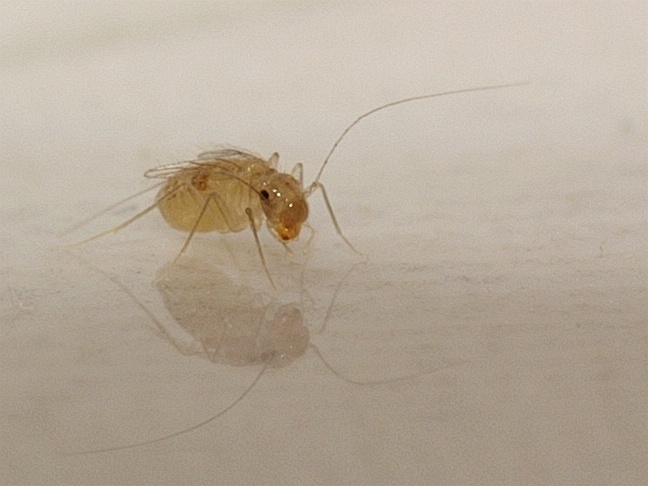
Despite their name, booklice aren’t actually lice at all, but tiny insects measuring 1-2 millimeters that have developed a taste for the binding glue and paper found in books. These translucent, soft-bodied creatures are often discovered in libraries, archives, and homes where they feast on the microscopic mold and fungi that grow on organic materials.
Booklice are particularly drawn to environments with high humidity, where mold and mildew provide abundant food sources. They’re often found in newly constructed buildings where materials haven’t fully dried, or in basements and attics where moisture levels fluctuate. Their feeding habits can cause significant damage to books, photographs, and important documents over time.
These insects are remarkably adaptable, capable of surviving in a wide range of temperatures and conditions. Some species can even reproduce without mating, allowing a single individual to start an entire colony. Their ability to remain hidden in the bindings of books means infestations often go unnoticed until considerable damage has already occurred.
Carpet Beetles: The Fabric-Loving Miniatures
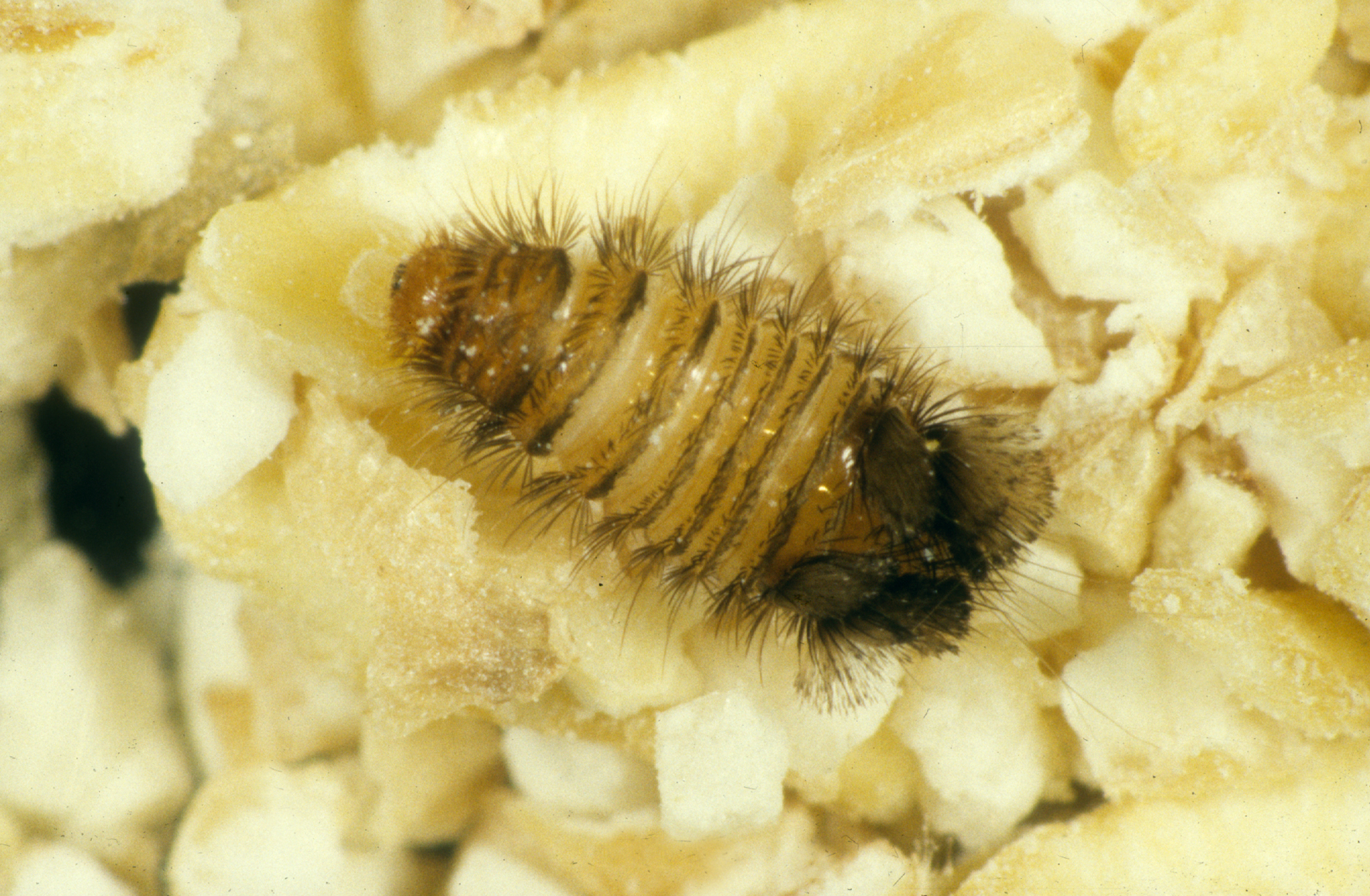
Adult carpet beetles measure only 1-4 millimeters in length, but their larvae are the real culprits behind damaged clothing, carpets, and upholstery. These small, round insects might look harmless, but they’re actually voracious consumers of natural fibers, including wool, silk, fur, and leather.
The larvae of carpet beetles are covered in tiny hairs that can cause allergic reactions in sensitive individuals, leading to what’s commonly called “carpet beetle dermatitis.” These young beetles will feed continuously for weeks or months, growing larger and more destructive as they mature. They’re particularly fond of items stored in dark, undisturbed areas like closets and attics.
What makes carpet beetles especially problematic is their ability to remain dormant for extended periods when conditions aren’t ideal. They can survive without food for months, waiting for the perfect opportunity to resume their feeding frenzy. This resilience has made them one of the most persistent household pests, capable of destroying valuable textiles and family heirlooms.
Dust Mites: The Bedroom Banquet Specialists
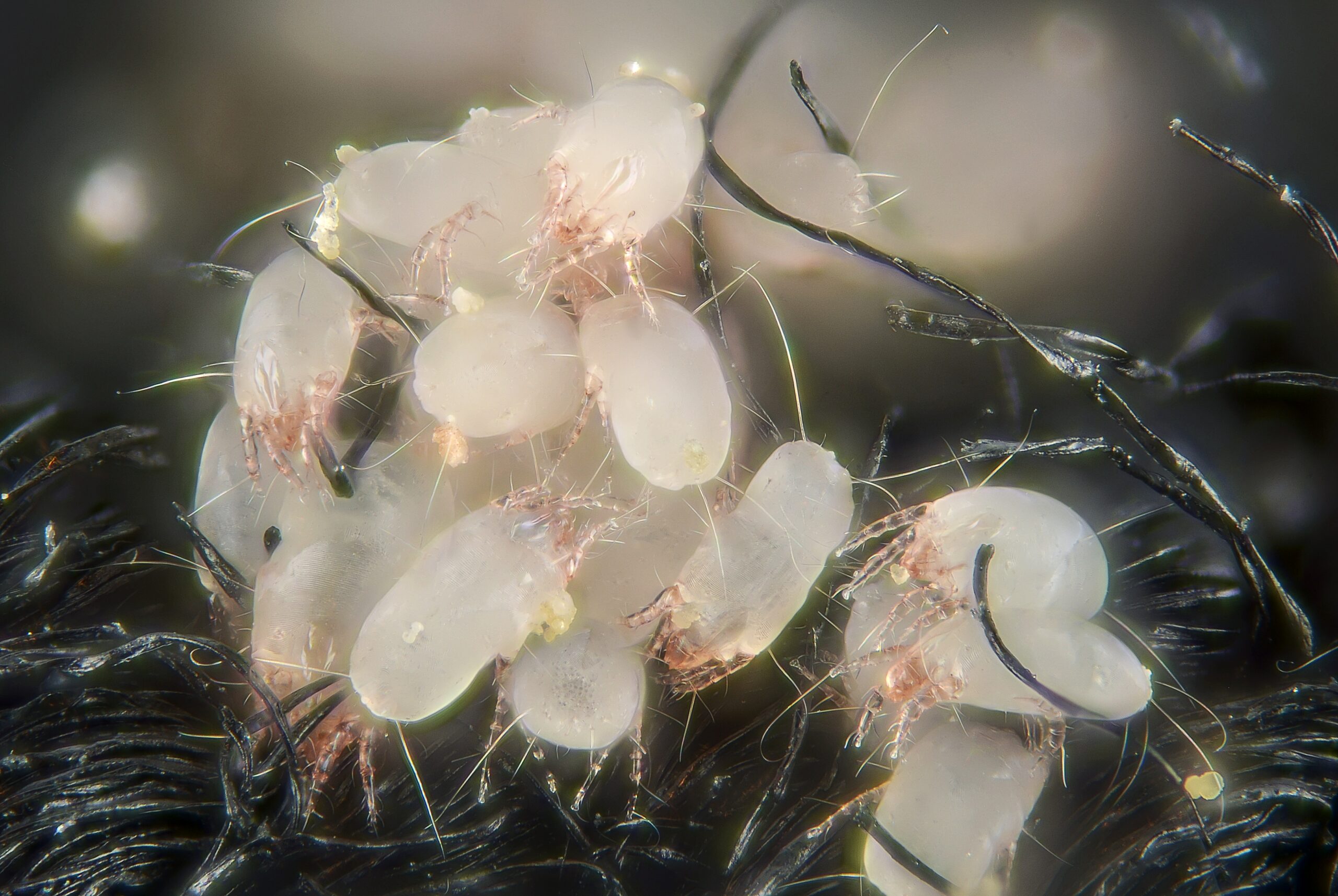
Uploaded by Jacopo Werther, CC BY-SA 2.0, https://commons.wikimedia.org/w/index.php?curid=24610942)
At 0.2-0.3 millimeters in size, dust mites are invisible to the naked eye but are among the most successful creatures on Earth in terms of population density. These microscopic arachnids live in our beds, carpets, and upholstered furniture, feeding primarily on dead skin cells that humans and pets shed daily.
A single mattress can harbor millions of dust mites, with each female laying 25-50 eggs during her lifetime. These creatures thrive in warm, humid environments, which is why bedrooms often become their preferred habitat. They’re particularly active at night when we’re in bed, shedding skin cells and creating the perfect feeding conditions.
The waste products of dust mites are a major cause of allergic reactions and asthma symptoms in sensitive individuals. Despite their tiny size, these creatures process enormous amounts of organic matter, with some estimates suggesting they can consume their own body weight in food every day. Their impact on human health has made them one of the most studied microscopic organisms in homes worldwide.
Grain Weevils: The Cereal Saboteurs
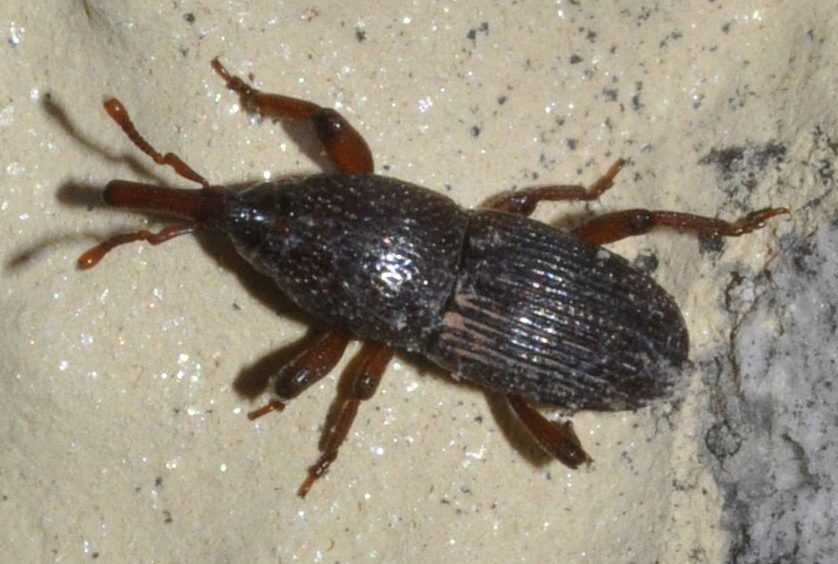
Grain weevils are small beetles measuring 2-5 millimeters that have evolved specifically to exploit stored grains and cereals. These insects have a distinctive elongated snout that they use to bore into individual grains, where females lay their eggs directly inside the kernel.
What makes grain weevils particularly devastating is their ability to develop entirely within a single grain of wheat, rice, or corn. The larvae feed on the interior of the grain, consuming all the nutritious content while leaving behind only an empty shell. This hidden feeding means infestations can spread rapidly through stored grain without immediate detection.
These weevils have been documented as agricultural pests for thousands of years, with evidence of their damage found in ancient Egyptian tombs and Roman storage facilities. Modern food storage facilities spend millions of dollars annually on prevention and control measures, as these tiny insects can destroy entire harvests if left unchecked.
Spider Mites: The Invisible Plant Vampires
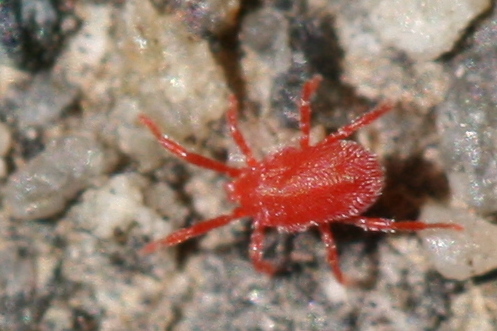
Spider mites are incredibly small arachnids, measuring less than 1 millimeter, that feed by piercing plant cells and sucking out the contents. These microscopic creatures can cause massive damage to crops, gardens, and houseplants, often going unnoticed until the damage is severe.
These mites reproduce at an astonishing rate, with some species capable of completing their entire life cycle in just 5-10 days under optimal conditions. A single female can lay hundreds of eggs, leading to exponential population growth that can overwhelm plants in a matter of weeks. They’re particularly problematic in greenhouse environments where warm temperatures and controlled conditions favor their reproduction.
Spider mites create fine webbing on plants, which serves both as protection and as a highway for moving between feeding sites. Their feeding causes stippling, yellowing, and eventual death of plant tissues. Some species have developed resistance to common pesticides, making them increasingly difficult to control in both agricultural and residential settings.
Cigarette Beetles: The Tobacco Terminators

Cigarette beetles are small, reddish-brown insects measuring 2-4 millimeters that were originally discovered infesting tobacco products. However, these adaptable creatures have expanded their diet to include a wide variety of stored products, from dried fruits and spices to pet food and birdseed.
These beetles are particularly notorious in the tobacco industry, where they can cause millions of dollars in damage to stored tobacco leaves and finished products. The larvae bore through tobacco, creating tunnels and reducing the quality of the product. They’ve been found in everything from expensive cigars to cigarette manufacturing facilities.
What makes cigarette beetles especially challenging to control is their ability to infest products during processing and packaging. They can survive in very dry conditions and are often introduced to homes through contaminated products purchased from stores. Their broad diet means they can quickly establish populations in pantries and storage areas.
Psocids: The Mold-Munching Microbes

Psocids, also known as barklice, are tiny insects measuring 1-2 millimeters that feed primarily on mold, fungi, and organic debris. These soft-bodied creatures are often found in damp areas of homes, where they perform the valuable service of cleaning up microscopic organic matter.
Unlike many other tiny insects, psocids are actually beneficial in many situations, as they help control mold growth and decompose organic materials. However, they can become problematic when they multiply rapidly in response to moisture problems, indicating underlying issues with humidity or water damage in buildings.
These insects are remarkably sensitive to environmental conditions, with their populations fluctuating dramatically based on temperature and humidity levels. They’re often the first indicators of moisture problems in buildings, appearing in large numbers when conditions become favorable for mold growth. Their presence can alert homeowners to potential structural issues before more serious problems develop.
Thrips: The Microscopic Garden Raiders
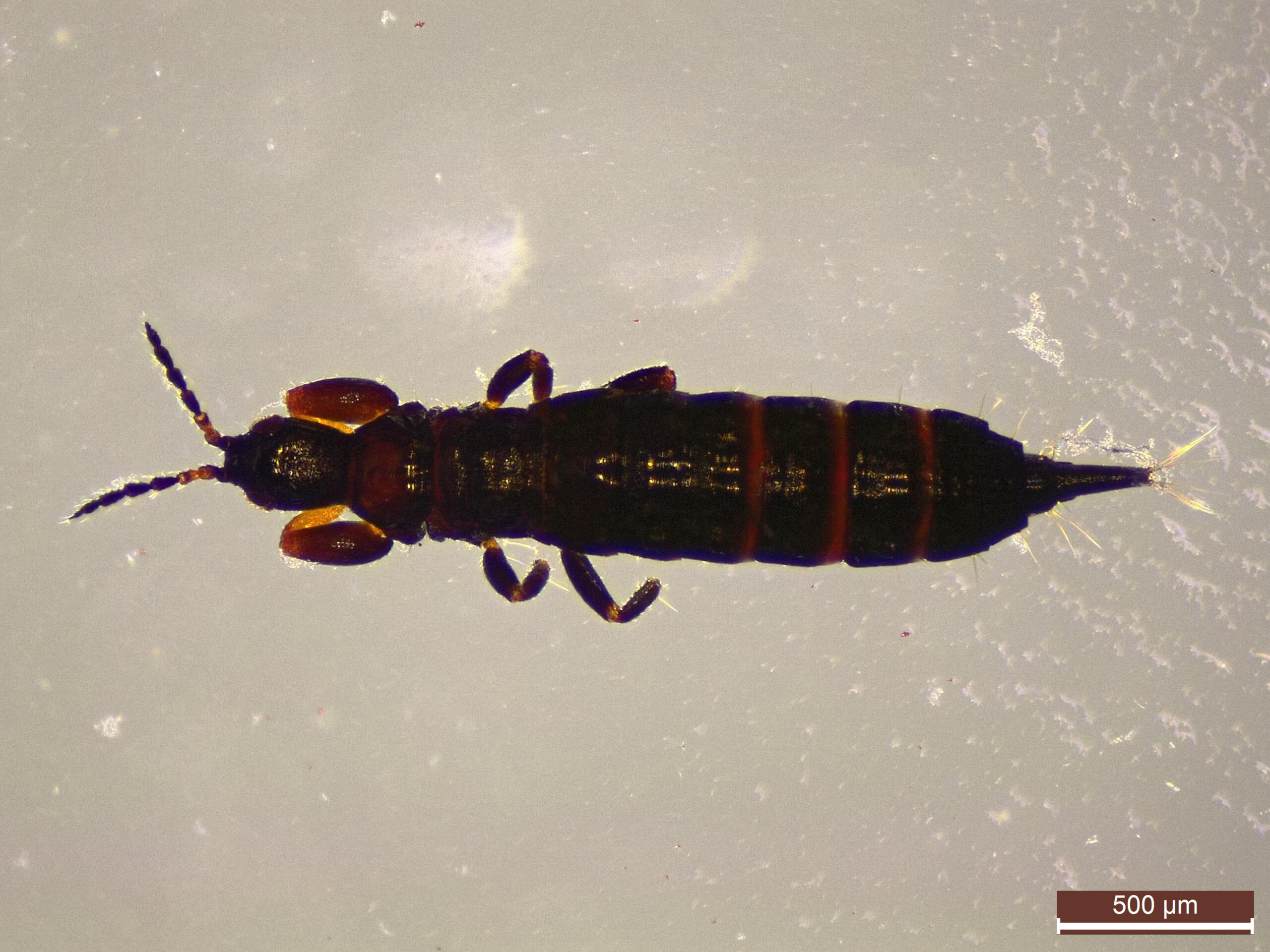
Thrips are slender insects measuring 1-3 millimeters that use their unique feeding apparatus to scrape plant surfaces and drink the released fluids. These tiny creatures are among the most economically important agricultural pests, capable of devastating crops and ornamental plants worldwide.
What makes thrips particularly destructive is their feeding method, which involves rasping the surface of leaves and flowers to access plant juices. This creates distinctive silvery or bronze patches on plant surfaces, often accompanied by black specks of excrement. Some species also transmit plant viruses, multiplying the damage they cause.
These insects are incredibly mobile, capable of flying between plants and even traveling long distances on air currents. Their small size allows them to hide in tiny crevices and flower buds, making them difficult to detect until damage is widespread. Many thrips species have developed resistance to common insecticides, requiring increasingly sophisticated control measures.
Scale Insects: The Armored Appetite Masters
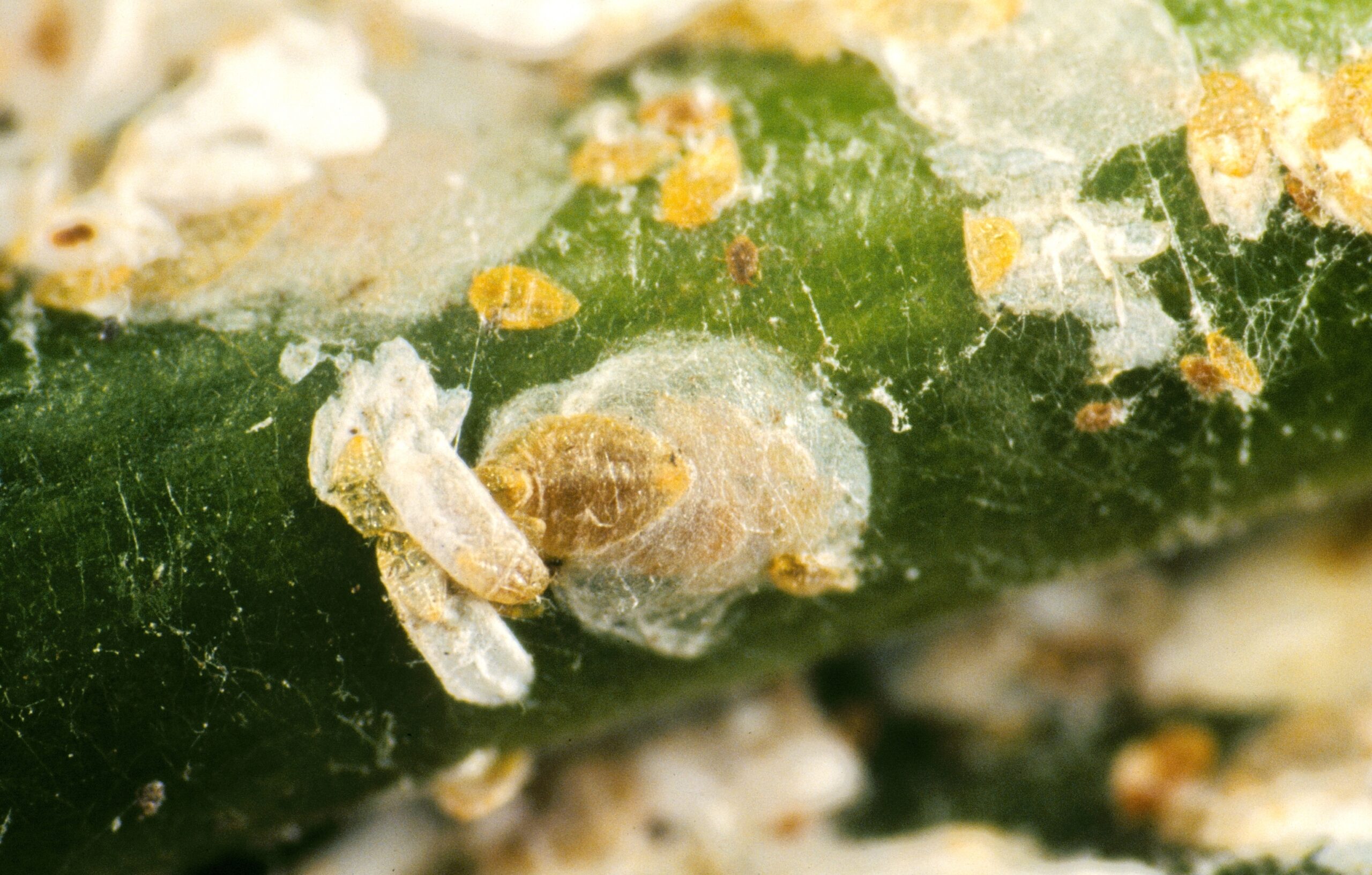
Scale insects are among the most unusual tiny creatures, measuring 1-5 millimeters and living under protective shells that they secrete around themselves. These insects attach to plants and feed continuously by inserting their needle-like mouthparts into plant tissues and sucking out nutrients.
The protective covering that gives scale insects their name makes them incredibly difficult to control, as it shields them from many pesticides and environmental threats. Underneath this armor, the insects are soft-bodied and completely dependent on their host plants for survival. Some species can remain attached to the same feeding site for their entire adult lives.
Scale insects reproduce prolifically, with some species capable of producing thousands of offspring from a single female. They’re particularly problematic on fruit trees, ornamental plants, and houseplants, where they can cause yellowing, wilting, and death of plant tissues. Their honeydew secretions also attract ants and promote the growth of sooty mold fungi.
Conclusion
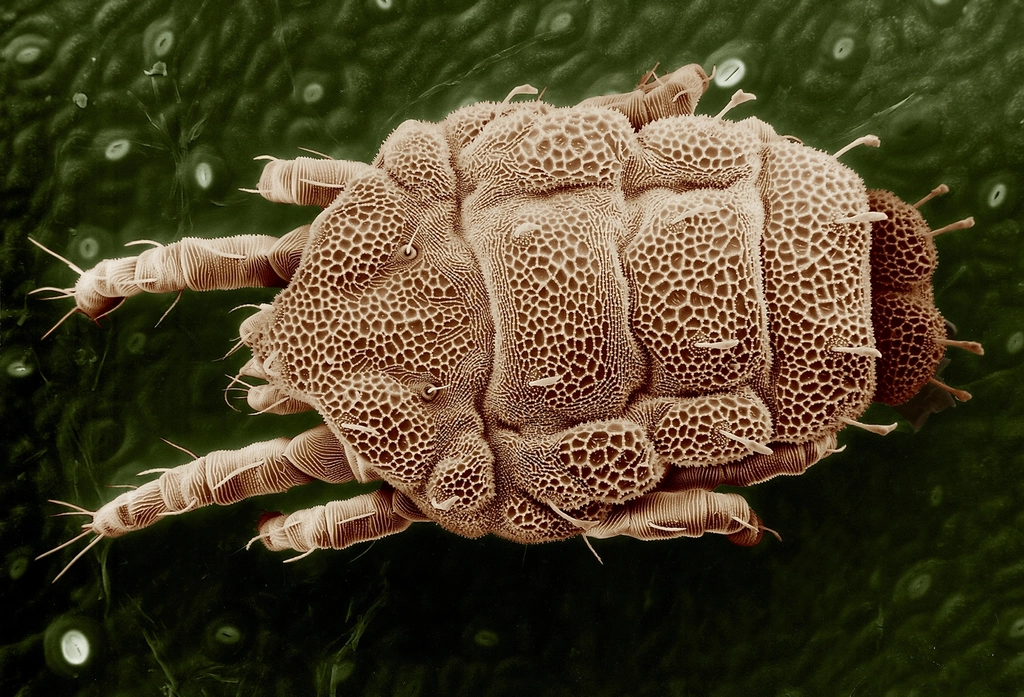
These eleven microscopic marvels prove that hunger knows no size limits, and the smallest creatures can often have the biggest appetites. From the library-destroying drugstore beetle to the mattress-dwelling dust mite, each of these tiny organisms has evolved specialized feeding strategies that allow them to thrive in environments we thought were safe from pest invasion.
Understanding these miniature appetites helps us better protect our homes, food supplies, and precious belongings from their relentless feeding. While their size makes them easy to overlook, their impact on our daily lives is undeniable. The next time you notice mysterious damage to books, clothes, or plants, remember that some of nature’s hungriest creatures might be smaller than the breadcrumb sitting on your kitchen counter.
What fascinates you more: the incredible efficiency of these tiny feeding machines, or the fact that millions of them might be sharing your living space right now?

